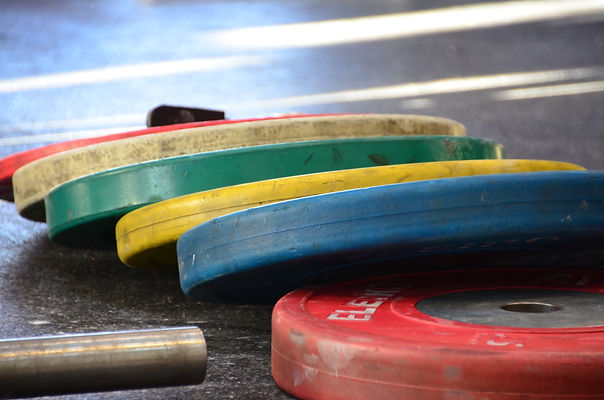Training Masks YAY or NAY?
- Dave McDowell
- Nov 1, 2016
- 3 min read
Are training masks effective?
Lately you have been browsing through youtube, high intensity training websites and instagram and see some of your favourite athletes with these masks on their faces training. What gives? They are altitude masks, or training masks as they are commonly referred. The idea here is that these masks simulate hypoxic training (high altitude environment), in an effort to create some of the benefits of altitude training.
What is Altitude Training?
Altitude training has been used by many endurance athletes in an effort to perform better in their sport. This occurs by limiting oxygen availability through the use of elevation. At higher altitudes the barometric pressure is reduced, and oxygen concentrations remain the same at 20.9%. In response to breathing in this environment the human body adapts by the kidneys ramping up erythropoietin (EPO) production. This production of EPO stimulates red blood cell production, which increases red blood cell levels. The increase in red blood cell levels leads to better muscle oxygenation and thus better performance. These changes can sometimes take weeks to months of 24/7 exposure to occur.

This type of training is commonly used for endurance athletes, since on return to normal altitudes many of the effects of their higher altitude exposure will remain and performance will be increased. This has even lead to the creation of pods, and chambers which athletes spend time or sleep in which have lower pressure and can help to create some of the same changes in the body.
Enter the training mask, which promises many of the same benefits to low pressure/high altitude exposure, but are the effective?
Well in looking at the research, there isn’t much to go off of. One study in 2016 subjected cadets with and without training masks to physical training. The results showed that both groups improved their VO2 with no significant changes between them. Thus the authors concluded that other altitude modalities be used instead of training masks as the masks were no more effective than without mask training.
A second study from 2016 showed that training with a mask caused inadequate hyperventilation and discomfort. Athletes using these masks also perceived the workouts as harder than athletes who were not using them.
So with no greater benefit than not wearing the mask, and workouts feeling harder then they should why would any athlete want to train with one? Many professional athletes, and other celebrities are being paid big money to endorse new training tools every week. It is sometimes hard not to get caught up in the hype of an easier, more effective way of training.
The problem with training masks in particular is that they do not actually affect the pressure at which we are breathing. They only restrict the amount of air that you can intake through resistance. What’s more is that any amount of low oxygen concentration that these masks may produce in the body will normalise quite quickly after they have been taken off.
Breathing Dysfunction?
Another concern I have is that poor breathing patterns can cause a host of dysfunction in the body, including head and neck pain. If the athlete is someone who is not able to breath with into their belly with their diaphragm and instead is a chest breather this can lead to overuse of head and neck musculature and sometimes pain. In this case adding a device which increases the resistance of breathing, and thus the breathing rate does not make any sense and could even cause more harm than its perceived good.
But The Workout Feels Harder?
The last point is that even though these masks may make your workouts FEEL HARDER, that actually may lead to you stopping your workouts earlier, and not performing as much training as you were capable of. This would minimize the actual benefit that you could receive from the workout if you had just gone a little harder, and a little longer without the mask.
As a coach I am always searching for new, better, and more effective ways to help the people that I work with. With the current evidence, and understanding it does not appear that the training mask is an option that fits those criteria for my athletes.








Comments